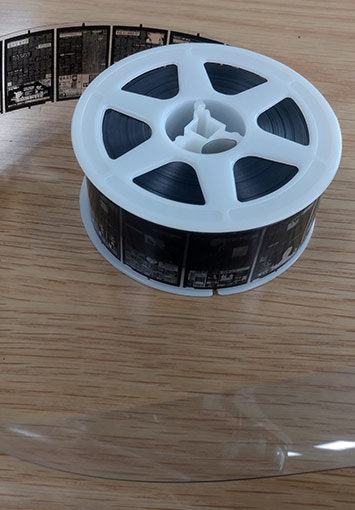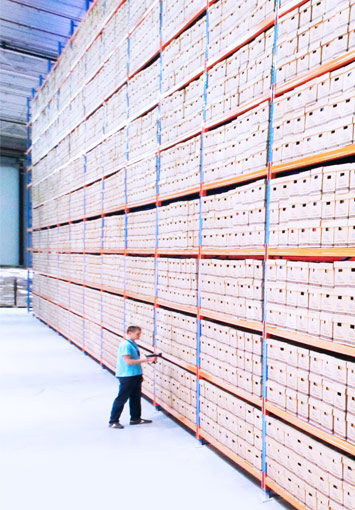Article Category
Document Scanning & Data Capture
Everything you need to know about the benefits of document scanning.
Get tips and tricks to help you better manage your data and rid your organization of antiquated paper processes. Learn about the advantages of going paperless.
Educational institutions generate an overwhelming amount of paperwork, from onboarding students and hiring staff to meeting compliance requirements under laws like FERPA. Scanning student records provides a solution, streamlining record management while improving accessibility and security.
Microfilm was once considered to be the gold standard of information storage. At its peak, no other storage medium could match its convenience, affordability, and durability. Government agencies, libraries, and historical archives relied on it for long-term data storage, and even today, microfilm and microfiche are still in use. Even though most people have switched
Optical character recognition (OCR) is specialized software designed to recognize and extract text from images or scanned documents. By converting physical text into machine-readable data, OCR makes it possible to search, edit, and process the contents of scanned documents using word processing software. This makes it an essential tool for anyone looking to digitize paper
Over the last few years, the landscape of work and employment has undergone a dramatic shift. Working remotely, which traditionally has only been an option for a small percentage of people, has exploded in popularity, capturing the attention of employers of all different shapes and sizes. And while there are a number of fairly obvious
Moving paper records to an off-site facility for scanning isn’t always practical. Some documents might be too fragile to transport, while others might contain sensitive information that’s better kept under your direct control. In some cases, regulations may even require files to remain on-site, leaving off-site scanning off the table entirely. Whatever the reason, sending
Government agencies manage an enormous volume of records, from business licenses and permits to financial and historical documents. Scanning these records helps agencies preserve important records, improve efficiency, and reduce reliance on physical storage.
For most of the twentieth century, microfiche and microfilm were the preferred methods used to store images, blueprints, schematics, maps, and other important documents for extended periods of time. At the peak of its popularity, there was no other format with the same versatility or longevity. Microform technology made it possible to reduce documents on
The increased demand on HR departments to manage these documents added hours of manual data entry, which led to a litany of administrative issues including misfiled/lost records, compliance issues, and inefficient workflows. Thankfully, the source of these issues is well known: outdated paper-based records keeping.
Managing medical records is a significant challenge for healthcare facilities, which must handle an overwhelming amount of paperwork on top of standard business documents. Medical records scanning offers a practical solution, helping practices streamline workflows, improve accessibility, and focus on providing quality patient care.
Managing large volumes of paper documents can be overwhelming, but bulk scanning simplifies the process. By converting stacks of paper into secure, searchable digital files, you can save time, improve access to information, and enhance data security.









